“Do you know how many Indian dog breeds are there?”
Don’t worry if you are struggling to remember the names, it happens to the best of us!
Recently, we were approached by Aleph Book Company, an independent publishing firm under the wings of Rupa Publications India, who intrigued us with the very same question. And we were stumped!
So, they shared this amazing book called “The Book Of Indian Dogs” with us, written by a renowned conservationist, naturalist, an honorary wildlife warden, a trustee of WWF India and a dog lover – Mr. S. Theodore Baskaran.
This book has been termed as the first comprehensive guide to Indian dog breeds in over 50 years and has already garnered appreciations from numerous critics, publications and media houses.
To learn more about this book, keep reading…
If you are a dog lover like us – you would surely be impressed with the amount of detailed insights available in this book regarding Indian dog breeds.
About “The Book Of Indian Dogs”
This book by S. Theodore Baskaran features 25 Indian dog breeds that constitutes the country’s canine heritage. The dog breeds in the book are divided into three categories:
- Working dogs
- Companion dogs
- Hounds
What impressed us was the amount of detailed background notes the author gave to each breed, along with information on its physical characteristics, behavior, uses, origins and history.
The book features all the popular breeds like Caravan hounds (or Karuvanis), Chippiparais, Mudhol hounds, Pashmis, Rajapalayams and Rampur hounds along with the lesser known breeds such as the Alaknoori and the Jonangi.
This book is an outcome of several years of travel and research into India’s dog breeds along with the author’s hands-on experience of raising various dogs. This book is all about celebrating dog love and that’s what we believe in!
Here are some excerpts from the book
A statement attributed to Pliny the Elder (23-79 CE) says, “Animals grow biggest in India. From India comes the dog that is larger than all others.” With its varied climatic zones, from the snow-covered mountain ranges of the Himalayas to the blistering deserts of western India, the Indian subcontinent is home to a bewildering variety of creatures. However, few people realize that this biodiversity is reflected in the country’s canine population as well.
India is home to a number of indigenous breeds of dogs. Sadly, some of them have already disappeared, due to indifference. This is unfortunate, especially given that in ancient times they were much prized around the world. Exported in large numbers (next only to the elephant where livestock exports were concerned) Indian dogs were used for hunting. Historians have recorded that Indian hounds were exported to Rome and to Egypt.
Old travel accounts tell us that dogs from India were sent to Babylon.
During the reign of Artaxerxes I, the king of Persia (465-425 BCE), four revenue-free villages were allotted to the Assyrian governor exclusively for the purpose of maintaining and breeding hunting dogs received from India. These were used for military purposes as well. When Alexander the Great invaded India and overpowered the local rulers, King Sopeithes of Gandhara (present day Gundurbar), gifted the invader 150 hunting dogs.
Another story that has come down from this period says that to demonstrate the pluck of these dogs, two of them were set upon a lion. Even as one of the dogs suffered a badly injured leg, it held onto the lion. Alexander is said to have watched the display of tenacity with awe. The story may be apocryphal, but it indicates the mettle of the dogs.
In his book titled Indica, the Greek writer, Ctesias (415-397 BCE), talks about an Indian tribe called Kynomologol that kept many large, ferocious dogs to protect them from wild animals.
Recent scientific evidence shows that long before these trade exchanges, Indian dogs might have travelled overseas.
A study done in Adelaide, at the Australian Centre for Ancient DNA, has linked ancient Indian canine visitors to the dingoes of Australia. Researchers like Alan Cooper, director of this centre, say that the dingoes, which most closely resemble the Indian dog, probably arrived with some people from the Indian subcontinent around 4,300 years ago. He says that there is evidence of migration from mainland India to Australia at this time although the numbers may have been small.
Another excerpt from the book
Some of the earliest representations of dogs in the Indian subcontinent are seen in prehistoric rock paintings, dating from about 30,000 years ago.
In the Singanpur rock paintings in Madhya Pradesh, we see a barking dog rushing towards its quarry. With its straightened tail and exaggerated leg motion, the painter has tried to accentuate the speed and action of the animal.
About 6 kilometres from Usilampatti in Tamil Nadu, in a place called Pudumalai, a team headed by archaeologist KT Gandhirajan found prehistoric rock paintings which included a hunting scene depicting a dog walking with a man. In some Stone Age sites in Tamil Nadu, we see depictions of hunting parties accompanied by dogs going about their work. This is clear evidence that dogs were domesticated as early as the Stone Age. These representations are, of course, stylised and do not give us any idea about the breed of the dogs.
Other early representations of dogs can be seen in the frescoes of Ajanta, which date from the second century BCE onwards. Kings of the Vakataka dynasty excavated from rock a series of caves in the valley along the Waghora River and decorated the interior walls and ceilings with frescoes relating to Buddhist subjects.
There are at least three frescoes of the pre-Christian era in Ajanta that have representations of hunting dogs. In Cave I, the story of Janaka is told in the frescoes in comic-strip style. When his wife finds that he has eaten food discarded by a dog, she leaves him in disgust.
Another mural in Cave XVII featuring dogs tells a story from the Mriga Jataka about a queen who wants a golden deer. In a scene referred to as “The Return of the King”, the king sets out and captures a golden deer and returns with it in his chariot. Men with dogs on leashes, presumably from a hunting party, follow the chariot. In this panel, at least four similar-looking dogs can be seen, all on leashes.
Another story is from the Sutasoma Jataka, a tale about Sudasa, the king of Varanasi, who sets out on a hunt with a pack of dogs. As a reflection of their respect for animals, Buddhist artists paid a lot of attention to detail while depicting these dogs in the Ajanta murals.They look distinctive – brown-coloured, short-eared, round-headed, and their tails are short. They are unlike the many Indian sighthound breeds that we see in show rings today.
Mughal miniature paintings from the sixteenth-century recorded aspects of the lives of the emperors. There aren’t many representations of dogs in these works, as compared to elephants and horses. Even in their hunting scenes, we rarely see dogs. However, we read of a painter of miniatures named Manohar Das (whose work flourished between 1580 and 1620 BCE and spanned the reigns of the emperors Akbar and Jahangir) who was given to depicting dogs.
In a painting in the Baburnama, which depicts Khusrau Shah (the Indian emir who became general of the Mughal army and commanded the left wing of Emperor Babur’s army in the Battle of Khanwa) paying homage to Babur, we see a Tazi dog, which is originally from Afghanistan. In another painting from Emperor Jahangir’s time, two greyhounds feature.
There is also a Mughal miniature painting which shows a beggar with a dog. In a Rajasthani painting, dating back to 1707-1708, depicting Maharana Amar Singh II in his garden in Udaipur, we see two hounds reclining. From their jewelled collars, it is evident that these dogs belong to royalty.
—————————————————————————————————————————————–
Isn’t all this history on Indian dog breeds enlightening?
There is a lot in store for history lovers and dog enthusiasts in this book. This is a must have book for all dog lovers in India. Let’s show some support for Indian dog breeds and get to know our country better!
This book is now available at Amazon:
Subscribe to our newsletter for more interesting stories like this. For feedback, feel free to share your comments below!
 DogExpress
DogExpress

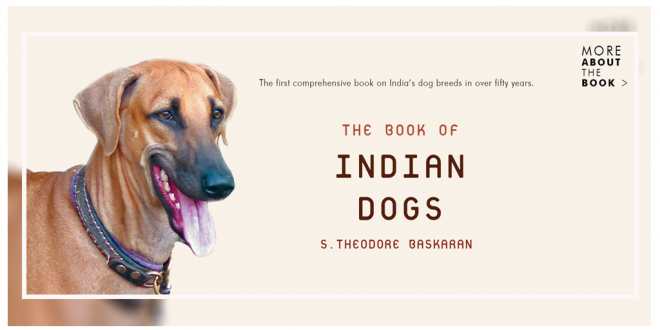
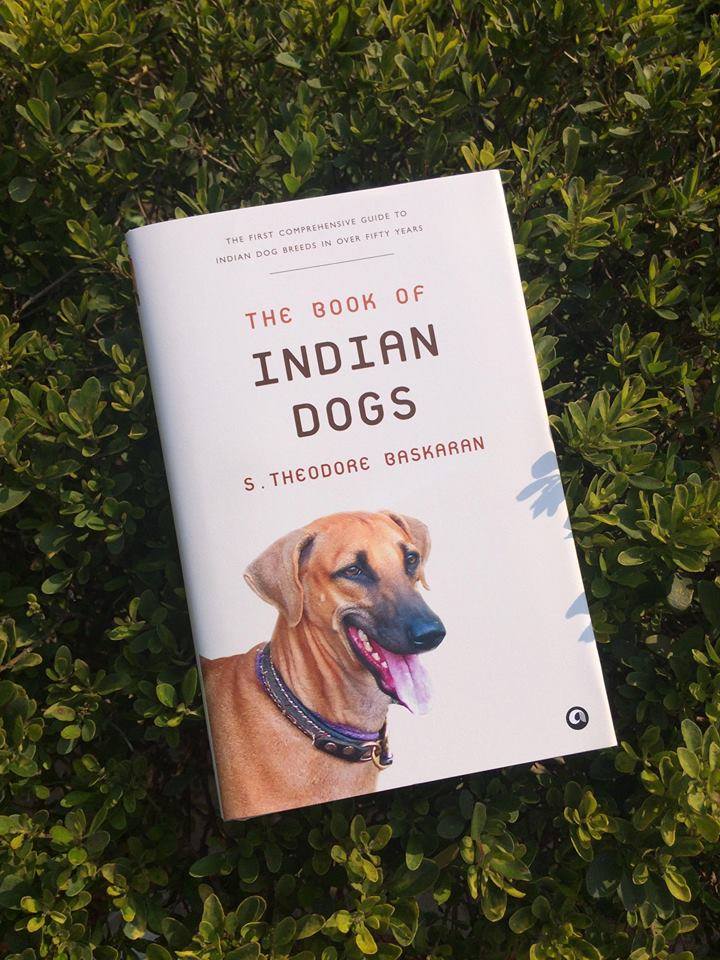
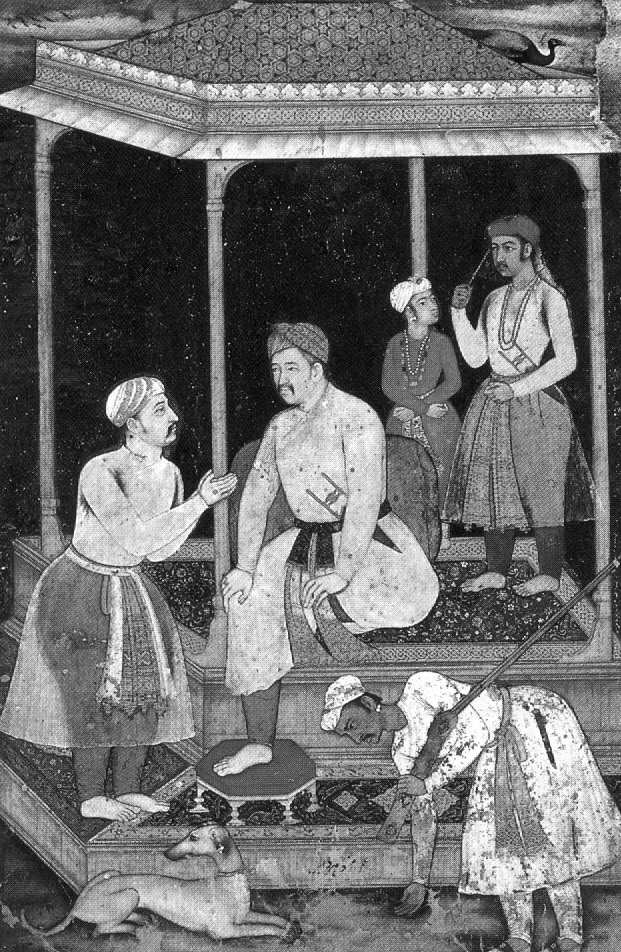
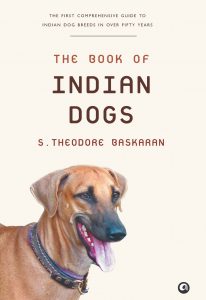


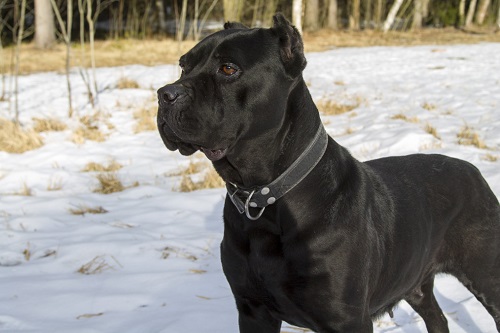












 in Chandigarh, India.
in Chandigarh, India. 

